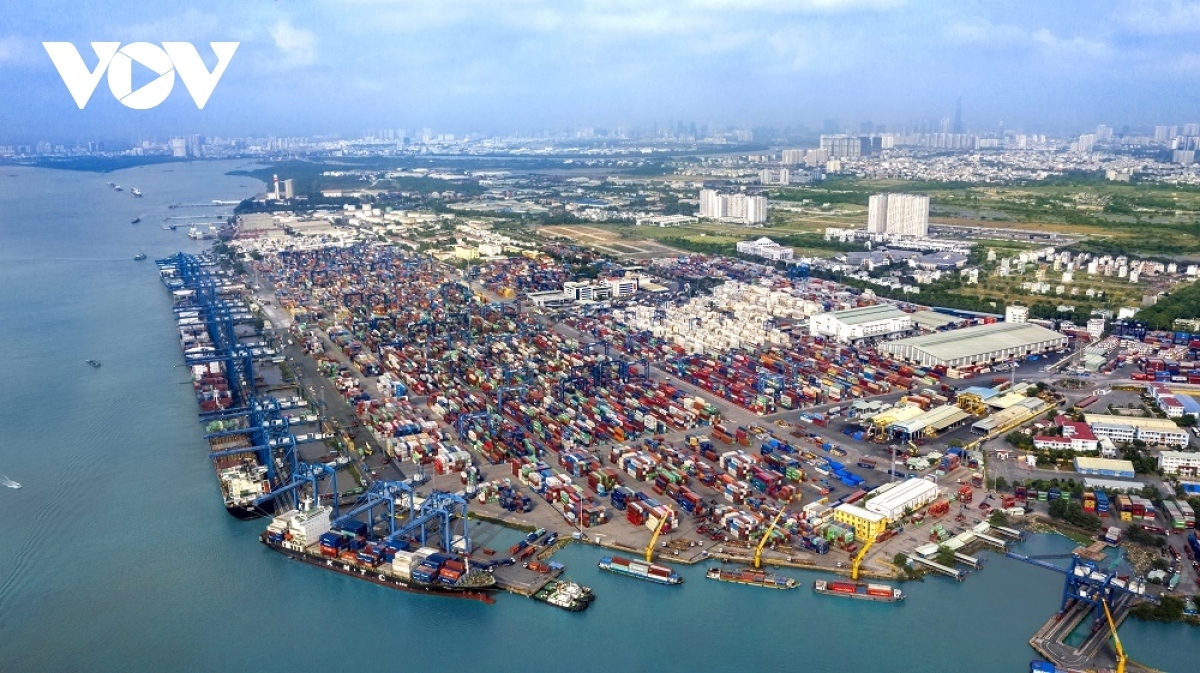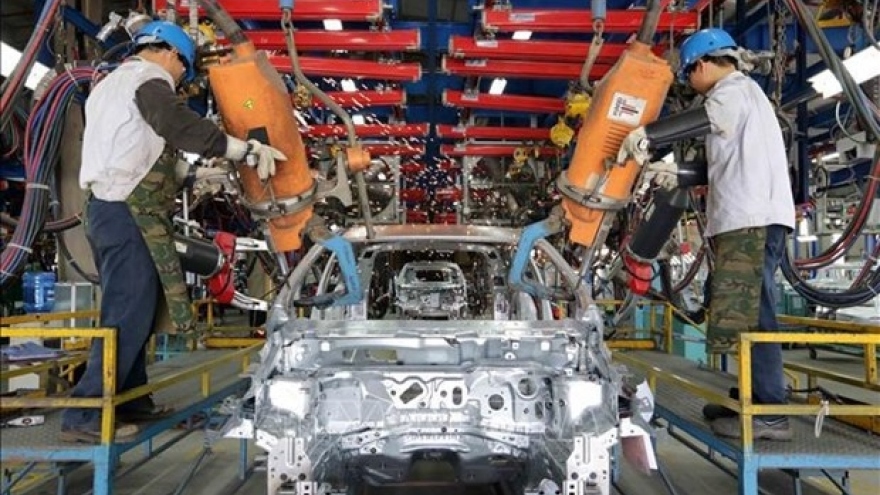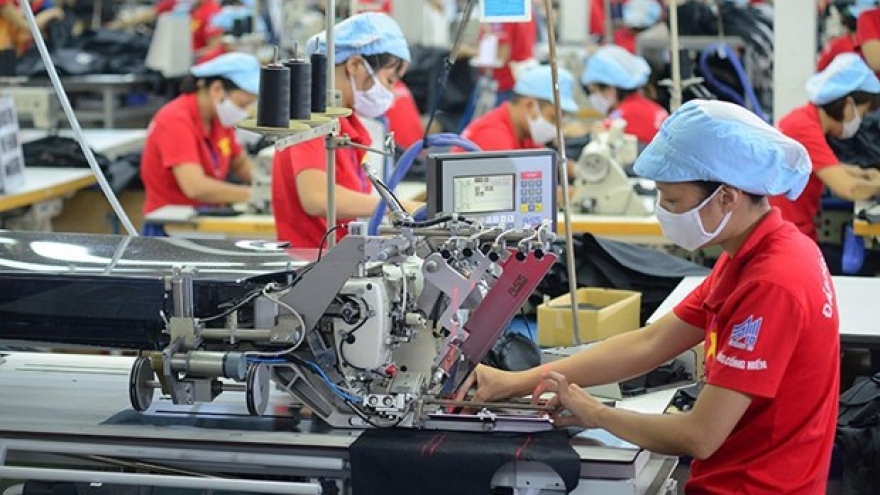Vietnamese services sector remains bright spot: HSBC
VOV.VN - Despite a number challenges hampering growth, the Vietnamese services sector remains a bright spot, partially offsetting some external weaknesses, according to “Vietnam’s May trade data” report recently released by HSBC.
The report points out that the recovery in international tourism has served to partially offset external weaknesses in goods trade, with expectations that a more meaningful pick-up of tourism will occur in the second half of the year.
Despite no further deterioration in terms of economic activity data in May, there are no clear signs that the country is bottoming out amid intensifying headwinds to growth. Indeed, sluggish external data remains the biggest downside risk to growth.
While exports recorded an annual fall of 5.8%, a much smaller magnitude compared to the double-digit decline in previous months, base effects came to a partial rescue. After all, lingering broad-based exports weaknesses continue to weigh on the country’s growth prospects.
Furthermore, none of the major categories, including electronics, machinery, textiles, footwear, and wooden furniture showed signs of a meaningful rebound.
Although export data by country is not yet available for May, data as of April suggests substantial falling shipments in the nation’s three largest exporting destinations including the United States, China, and the EU. In particular, with a hefty share of 30%, Vietnam is particularly sensitive to a US economic slowdown.
Despite exports declining by single-digit, imports dropped at a much faster pace of 18.3% on-year. In fact, this can eb seen as being beneficial to the nation’s trade surplus, registering at US$2.2billion, twice of 2022’s monthly average.
Indeed, its improving trade balance is partially the reason why VND has stayed relatively stable amid the strengthening US$ over the past two weeks, outperforming peers such as KRW and MYR, which are also highly correlated to RMB.
However, given the country’s import-intensive nature in its manufacturing sector, the extreme weakness in imports signals a sluggish rebound in terms of future exports.
Despite challenges, experts have analysed that the picture is not entirely gloomy. Vietnam’s service sector remains a bright spot, partially offsetting some external weaknesses. However, there remains a clear divergence between big-ticket items, such as automotive sales and tourism-related services, a trend that is also occurring in regional peers. Encouragingly, the nation continues to see a positive influx of tourists.
Despite falling slightly from April’s high, the nation welcomed more than 900,000 tourists once again, bringing its tourism recovery to around 70% of 2019’s level. In particular, tourists from mainland China recovered to 35% of 2019’s level. While this may be seen as slow, progress is ongoing.
Moreover, Vietnam has made good progress to restore direct flights with China, now recovering to 44% of 2019’s level.
The country has received a total of 4.6 million international tourists since the beginning of the year, approaching 60% of its annual target of eight million for 2023.
With the approaching summer holidays and potential easing of visa restrictions, which are currently under considerations by the National Assembly, the nation will likely see a punchier boost from international tourism, a much-needed support for its sharply slowing economy. The proposal includes extensions of e-visa to 90 day from the current 30 days and visa-free stays to 45 days from the current 15 days. This is along with expanding the list of countries eligible for e-visas, aiming to catch up with regional peers.
Think tanks outline that inflation has been consistently cooling down. Headline inflation momentum remained flat in May, bringing annual headline inflation to 2.4% on-year.
Although ‘housing and construction materials’ costs rose by 1.0% on-month, mainly reflecting a one-month lag of electricity prices hike, significantly lower transport costs, such as -3% on-month, offset some upside risks. Indeed, moderating inflation is one of the main reasons behind the State Bank of Vietnam’s (SBV) recent second rate cuts.



